History
While most people associate the bonsai tree with Japan did you know that these tiny trees were first discovered growing naturally in China? Bonsai trees were prized for their unique and tiny appearance as they were shaped by nature. Bonsai is the Japanese name for these trees but it derives from Penjing, which is the practice of recreating aspects of in nature in small and miniature form. Penzai is a form of Penjing which involved creating a landscape with miniature trees and rocks.
By Abraham - Own work, CC BY-SA 4.0 on Wikipedia
The practice of Penzai helped the Chinese develop the techniques for growing and perfecting the unique look of the tree for many years, though penzai trees did not appear to be documented until around 600 A.D. The first pictorial evidence of the penzai tree appeared in 706 A.D. in the tomb of Prince Zhang Huai. The penzai tree was introduced to Japan when Japanese Imperial Embassy personnel and Buddhist students visited China between 603 and 839 A.D. in which the souvenir trees were brought back to Japan. The Buddhist monks then perfected the grooming and care techniques which is when they became known as the bonsai. The monks believed that the bonsai tree represented harmony between man and nature. From the monasteries, the bonsai trees made their way into the homes of royalty and the affluent and then as their popularity grew, bonsai trees began to be grown by everyday people and enthusiasts where they have continued to be honored and revered.
Care
Bonsai trees, if taken care of properly, can live nearly indefinitely. In fact there are century old bonsai trees that originated in Japan that continue to live on today.
Photo by Danielle Roberts. Nan Lian Gardens Hong Kong, Bonsai Garden
Most bonsai trees need to be exposed to four seasons, relativity high humidity, and temperature changes in order to thrive. Especially the non-tropical types like the juniper, pine, and Japanese maple. With Hong Kong’s subtropical weather, the tropical and subtropical species of bonsai like the ficus, jade, carmona and Chinese elm thrive here. While care for bonsai trees can be specific to its species, here is some general care rules you can follow.
- Monitor and water only when the top soil is dry – don’t over water! The bonsai is technically a tree and not a plant.
- Apply bonsai fertilizer during the growing seasons – from early spring to mid-autumn.
- Re-pot every 2-5 years depending on the growth of the plant. If the roots circle around the root mass, the tree needs to be repotted. Try and re-pot in the early spring.
- The pruning of the plant is considered an art form. Prune the plant in order to maintain desired shape.
- • Add and use speciality soil, prepared specifically for bonsai trees.
Outdoor Bonsai Plant Care:
- Location should be in a bright spot where the tree can spend half the day in direct sunlight.
- Place in a location where the plant is protected from the wind.
This Good Fortune Bonsai from Give Gift Boutique Hong Kong is a great option for inside an office or to adorn an outdoor balcony.
Bonsai trees are more delicate than most indoor plants and some species of bonsai trees take to growing indoors better than others.
Indoor Bonsai Plant Care:
- Ensure the species is a tropical or sub-tropical type of bonsai. The ficus, jade, carmona, and the Chinese elm are some species that can be grow inside.
- Place in a south facing window with a constant temperature.
This bonsai arrangement includes podocarpus, which means wealth and health in Cantonese, making it ideal plant for an indoor office, reception area, or window sill.
Growing a bonsai tree can be a rewarding and tranquil pastime as the success, growth and desired look of the tree takes patience and dedication. To start your own bonsai journey, check the selection of bonsai trees available for purchase online and delivery at Give Gift Boutique Hong Kong Flower Shop.
This is a Hong Kong GGB original 'The History and Care of the Bonsai Tree' blogpost.
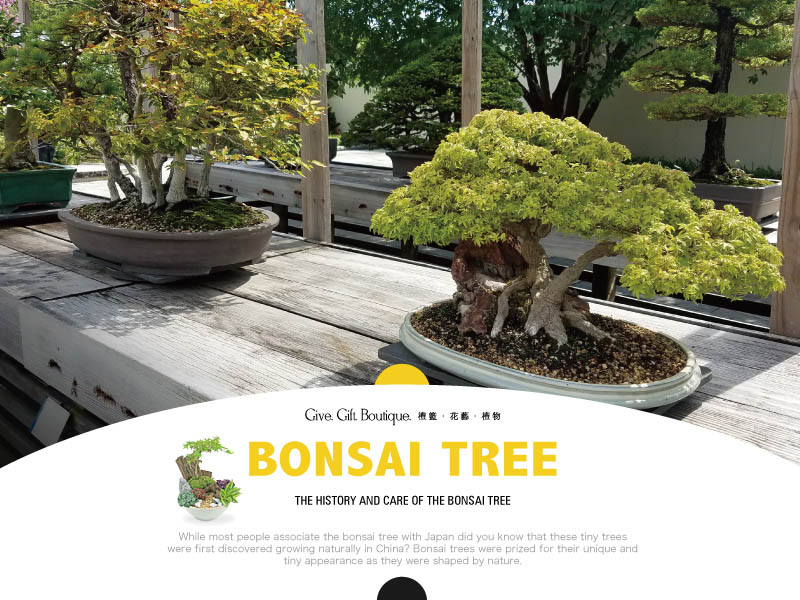
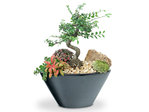
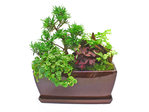

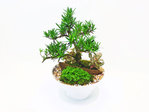


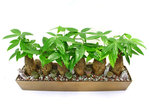
 Share
Share Tweet
Tweet +1
+1  Pin it
Pin it Post
Post  Weibo
Weibo Review
Review

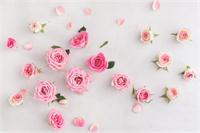

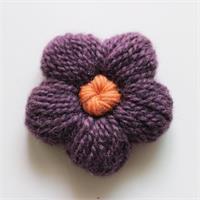
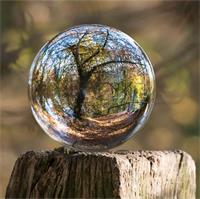

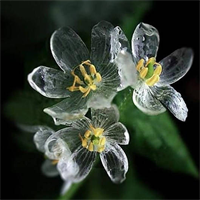
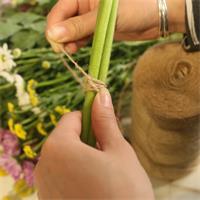
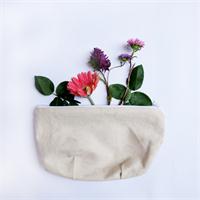









 Diwali Gifts
Diwali Gifts 
 ▶
▶